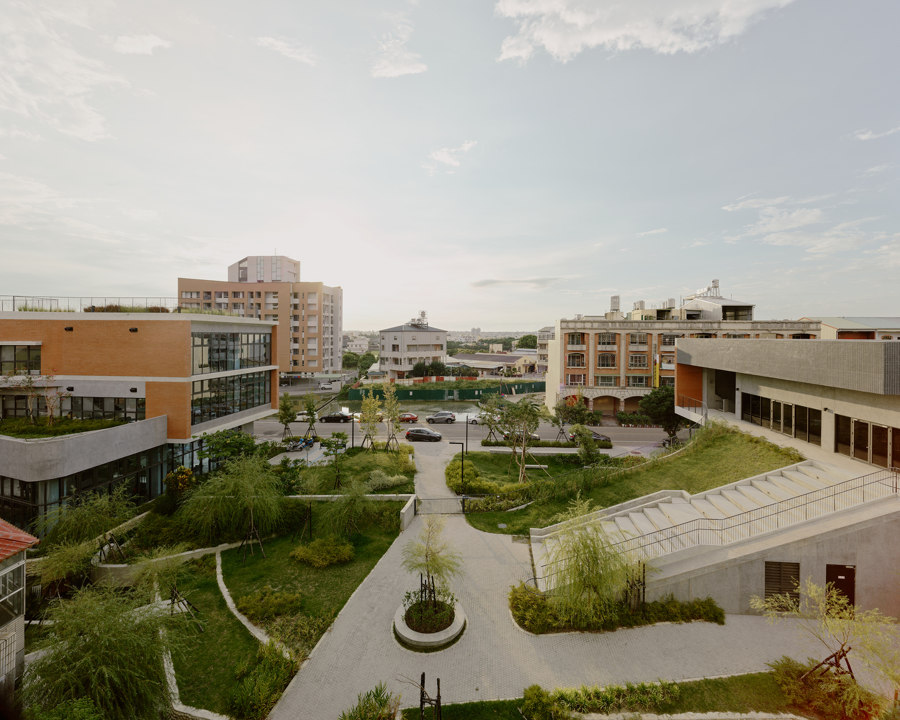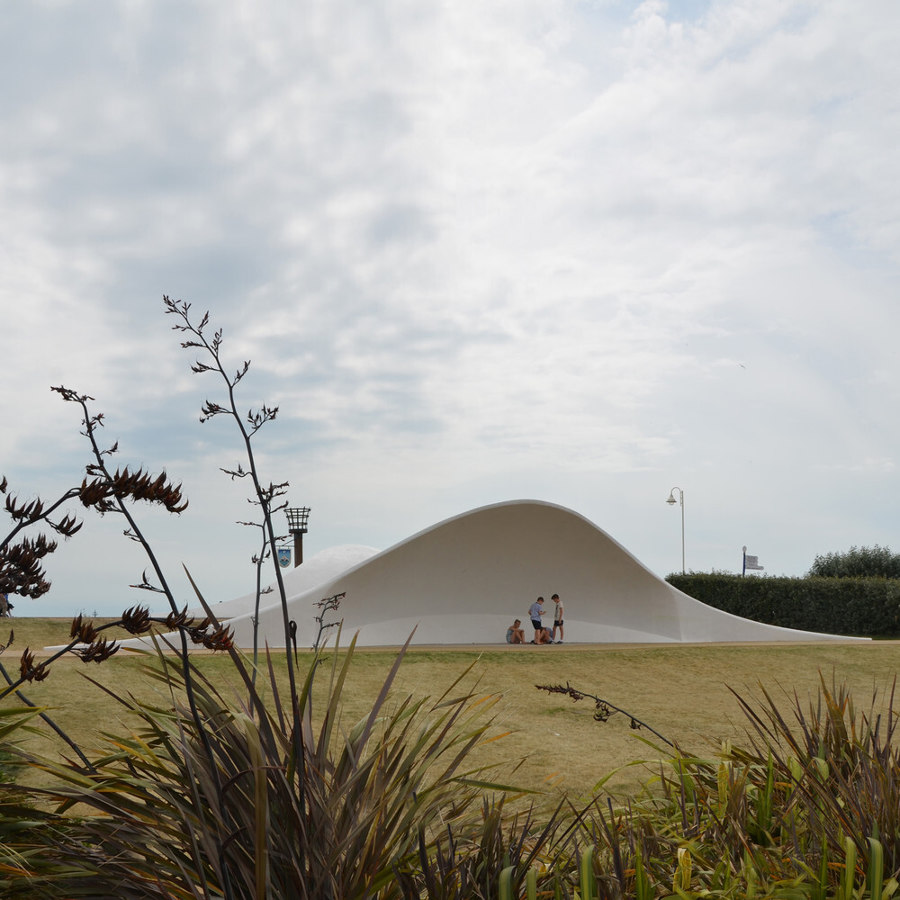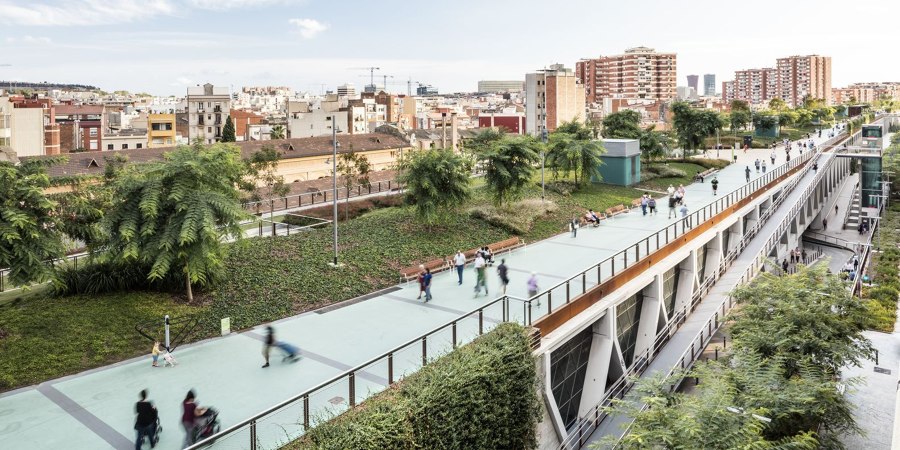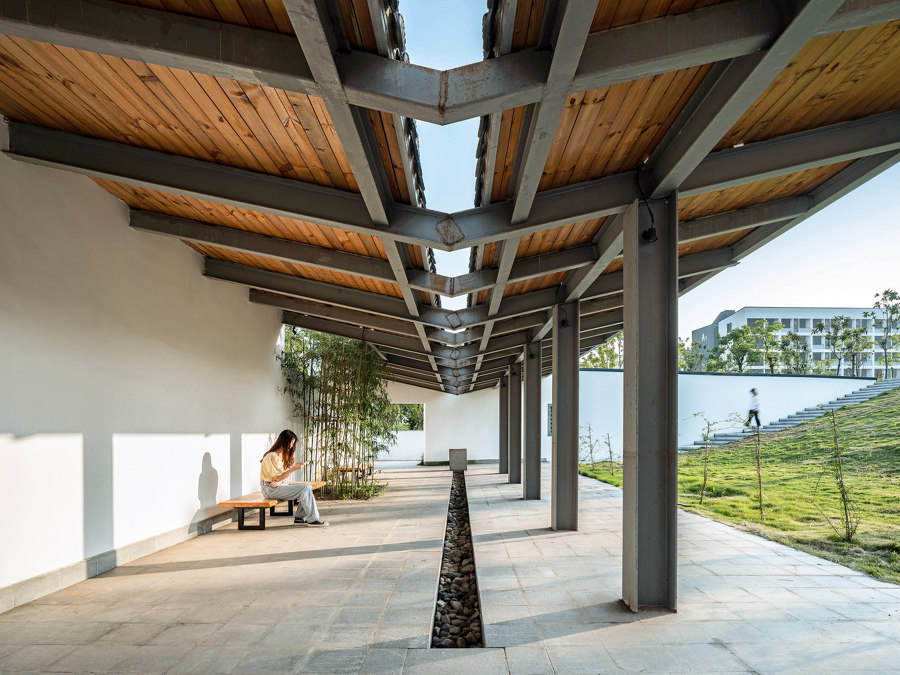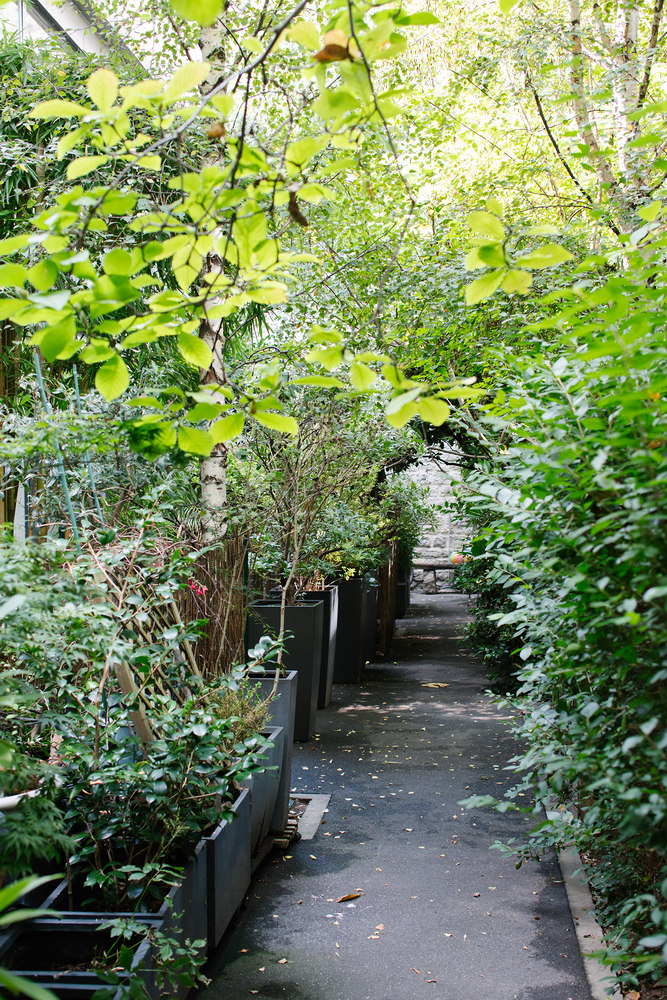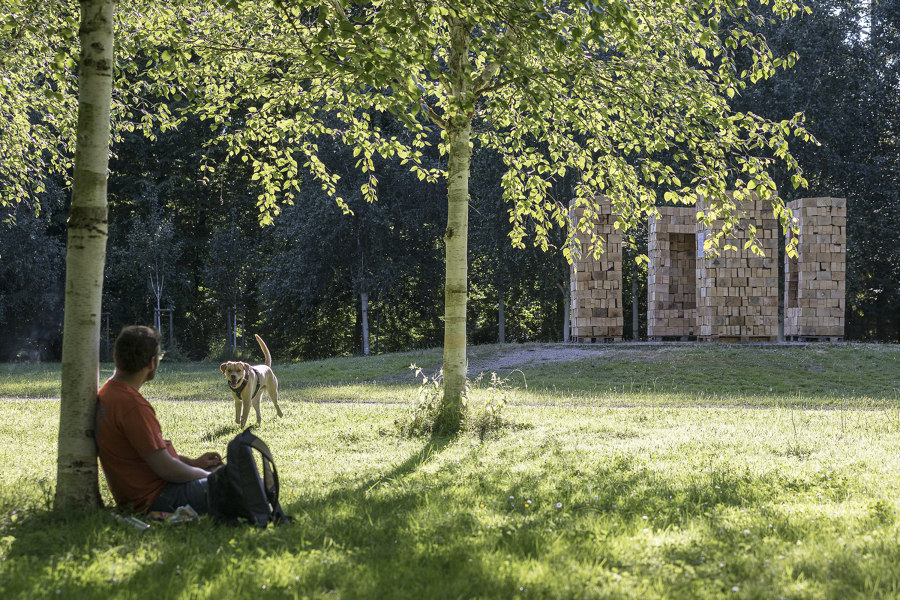Urban soundscapes: how crucial are quiet places in busy cities?
Text by Ryan Poppe
12.08.24
As designers and planners, infusing urban areas with spaces that can dim the outside noise is essential. Here's how crucial these quiet places are in busy cities.
Shangfeng Public Library and School Gymnasium / David Hong Architects. Image © Studio Millspace
Have you ever considered the sounds of cars and buses whizzing down the road as you walk downtown? Or the feeling you get when heading toward the theater? Each scenario has a certain something that appeals to big-city living. Streams of music wafting from the window, people having conversations, horns honking, and people running to their next destination are pieces of a city no one can deny — they make up the foundation of urban living.
Although big-city living offers many excellent benefits, there are times when peace and quiet can be a welcome respite to everything going on. Sometimes, people want to get away and bond with nature without driving for miles.
Acoustic Shells / Flanagan Lawrence. Photo: Courtesy of Flanagan Lawrence
Think about the noise generated around you. It's easy to become accustomed to what's happening and tune it out. Soundscapes embrace noises emerging from a natural environment and those created by humans to help relate to their surroundings.
As designers and planners, infusing these spaces into urban areas with natural sound that can dim the outside noise is essential. Here's how crucial these quiet places are in busy cities.
Escaping the noise
Most people don't realise how much noise affects their well-being. Major cities have considerable noise because there aren’t many trees to buffer sound. While the goal would be to have spaces offering complete silence, engineers, designers, and planners can work together to create areas that reduce outdoor noise and provide quieter places.
These solutions can be as small as a city park or an outdoor seating area designed to reduce noise levels. When these solutions are implemented, people can relax and even meditate without as much background noise. They also provide auditory benefits for birds and other wildlife living in urban areas. Reducing noise from traffic, construction and more helps bird populations thrive and create more natural sounds for people to enjoy.
Rain-hearing Pavilion of AUA / TJAD. Photo: © naaro
Developing quiet spaces in busy cities
While it's impossible to eliminate all the noise within a big city, there are ways to ensure spaces are more conducive to alleviating noise that disrupts the peace. Using different methods to dim outside noise with natural sound is the first step to developing these spaces in busy cities.
One example is using green walls, which help buffer noise and vibration. Planners on these projects must choose plants and trees that help reduce noise. When working with an engineer, they can determine how large and wide the green walls should be and their location. Most people don't consider the direction of where loud sounds come from, but this plays a vital role in developing these sound barriers.
Additionally, designers can look into acoustic treatments to further soften the noise. This includes sound-absorbing materials like acoustic panels placed strategically around an area. Finally, designers should also consider the sound of their hardscape.
Certain materials, like cobblestones, amplify sound when it rains or snows. While these surfaces may look beautiful, they also create an echo effect that can be louder than expected. Therefore, designers should incorporate noise-reducing landscaping techniques when planning quiet spaces for large cities.
Beaumarchais Apartment Renovation / miogui. Photo: © Philippe Billard
Quiet spaces in noisy cities
Noise can be extremely harmful if it's continuous and complex. Certain thresholds shouldn't be exceeded, even in noisy environments like big cities. The use of trees and other foliage directly reduces noise over certain distances. Adding waterfalls and other water sources can enhance these environments.
Master planners, designers, architects, and engineers work together to create these zones. As big cities become even busier, the need for urban soundscapes is high on the priority list. More cities are adopting green spaces and places people can go to escape the highlights of an urban environment.
Karlsauge Pavilion / Christoph Hesse Architects. Photo: © Laurian Ghinitoiu
Essential now and in the future
Whether it's a green space tucked onto the side of a major high-rise or in the middle of downtown, every area has a purpose. With big cities adding these spaces to their zoning requirements, understanding how important the acoustics of the foliage used and the intent of the space is vital, especially for those considering buying a condo or renting an apartment in otherwise noisy locations.
It's easy to consider these spaces as just another place where people can escape the noise, but design and sound go hand-in-hand. Going to a tranquil space in the middle of the city where everything is always on "go" not only buffers sound but can also calm the chaos. Are these spaces crucial to big cities? Absolutely. Peace and quiet are good for healing, help improve concentration, boost creativity, and provide a sense of calm in cities that thrive on fast-paced living. Urban soundscapes are a valuable tool in creating a better environment for people and wildlife alike.
© Architonic
Head to the Architonic Magazine for more insights on the latest products, trends and practices in architecture and design.
